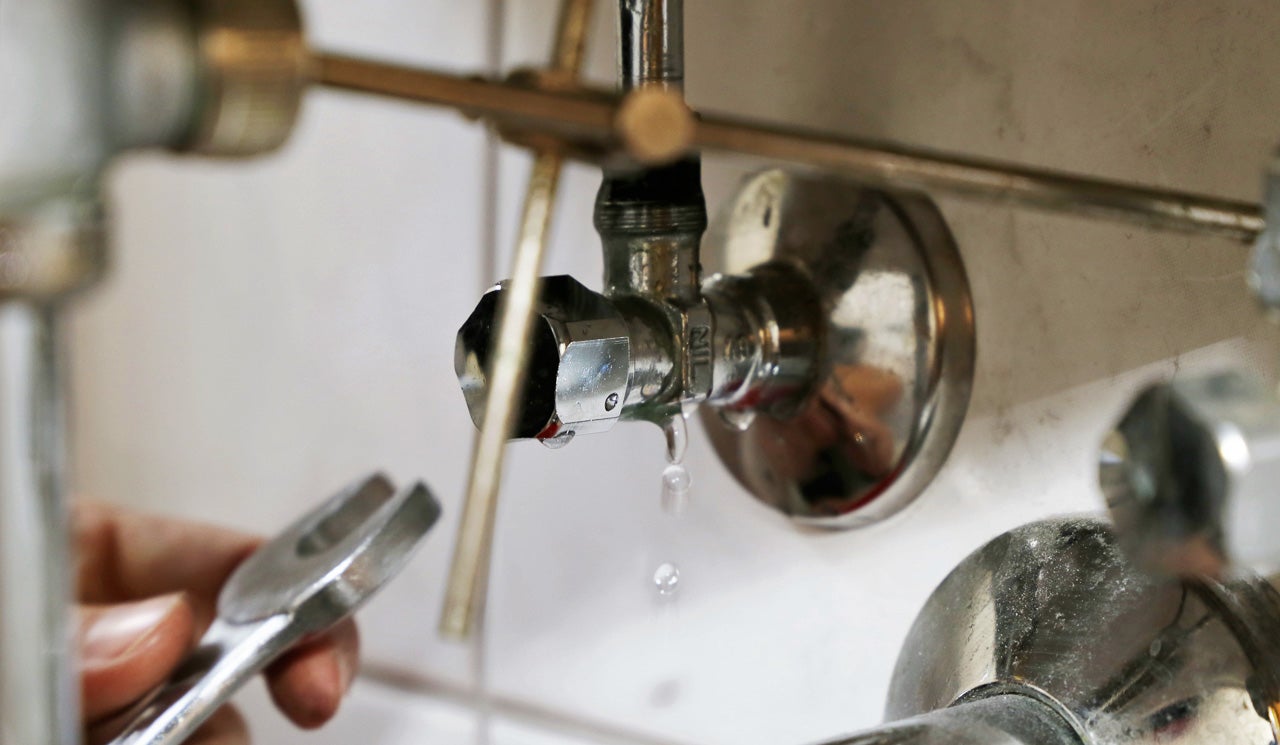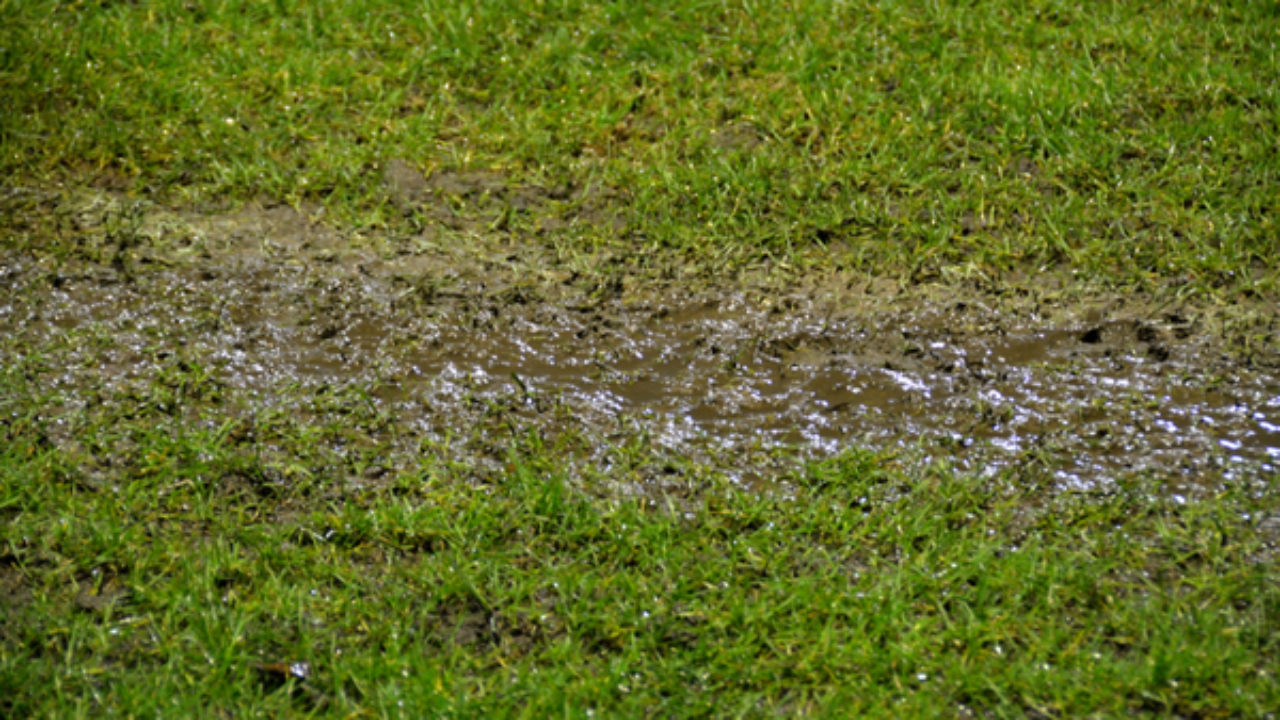Just how to Inspect If Your House Has a Concealed Leak
Just how to Inspect If Your House Has a Concealed Leak
Blog Article
Listed here below yow will discover a good deal of incredibly good advice with regards to Finding hidden leaks.

Early discovery of dripping water lines can mitigate a prospective disaster. Some tiny water leakages might not be visible.
1. Analyze the Water Meter
Every house has a water meter. Examining it is a guaranteed way that helps you discover leakages. For beginners, shut off all the water sources. Make certain no one will purge, use the tap, shower, run the cleaning device or dish washer. From there, go to the meter as well as watch if it will certainly change. Considering that no one is using it, there need to be no movements. That indicates a fast-moving leak if it moves. Also, if you find no changes, wait a hr or 2 as well as inspect back again. This suggests you might have a slow-moving leak that can also be underground.
2. Inspect Water Consumption
If you spot sudden changes, despite your usage being the same, it implies that you have leakages in your plumbing system. An abrupt spike in your costs indicates a fast-moving leakage.
A constant increase every month, also with the very same routines, reveals you have a slow-moving leak that's also gradually intensifying. Call a plumber to thoroughly examine your home, particularly if you really feel a cozy location on your floor with piping underneath.
3. Do a Food Coloring Test
When it comes to water consumption, 30% comes from commodes. If the shade somehow infiltrates your bowl during that time without flushing, there's a leakage between the container as well as dish.
4. Asses Outside Lines
Don't forget to inspect your outdoor water lines as well. Examination spigots by attaching a garden pipe. Should water seep out of the connection, you have a loosened rubber gasket. Change this as well as ensure all links are limited. If you have actually obtained a sprinkler system, it will certainly assist get it properly examined and preserved every year. One small leakage can squander tons of water as well as surge your water bill.
5. Evaluate and Analyze the Circumstance
Home owners should make it a routine to check under the sink counters and also also inside closets for any type of bad odor or mold and mildew development. These 2 red flags show a leak so punctual interest is required. Doing routine evaluations, also bi-annually, can save you from a major trouble.
Inspect for discolorations and also deteriorating as most home appliances and also pipes have a life expectations. If you think dripping water lines in your plumbing system, don't wait for it to intensify.
Early discovery of dripping water lines can reduce a possible disaster. Some small water leakages might not be visible. Inspecting it is a proven means that helps you find leaks. One small leakage can waste lots of water as well as increase your water costs.
If you believe dripping water lines in your plumbing system, do not wait for it to rise.
How to Know If Your Home Has a Hidden Leak
Water Meter Reveals Inexplicable Water Usage
If you’d like to test whether or not there’s a leak somewhere in your home, you can do this using your water meter. Here is how to conduct the test:
Don’t use any water in your home for at least 30 minutes; this also means not turning on faucets or water-using appliances.
Go outside, and check your water meter for activity.
If your water meter shows that there was activity, even though no one was using any water, this proves that there is a leak in your home.Visible Mold or Mildew Growth
Leaks behind walls create moist, dark environments that allow mold and mildew to grow and thrive. Eventually, you might see mold growth forming on the wall closest to a hidden leak.
If mold is growing in an area that receives a high amount of moisture, such as a bathroom, it may simply be an indication that better ventilation is needed. However, if you see mold growth on a wall or the ceiling in an area where you would not expect, you probably have a hidden leak.
Musty, Mildew Odor
Sometimes you might not be able to see the mold or mildew that is growing as a result of a leak. However, the smell can give the problem away just as easily. If you catch a whiff of something musty, there’s a good chance that old water is collecting somewhere in your home that you can’t see.
Stained/Warped Walls, Ceilings, or Floors
When your home soaks up water, a variety of red flags can become visible, including ceiling stains, bubbling drywall, warped walls, and sagging floors. While these issues can be caused by excess humidity, they can also be signs that a pipe or plumbing connection has started leaking behind your walls.
Inexplicably High Water Bill
After a while, you get a general sense for what your water bill should be. If you own a pool or sprinkler system, your bill will tend to be higher during summer. However, if you receive a water bill that seems especially high, and you can’t figure out what caused it, then you may have a hidden leak somewhere that’s increasing your bill.
https://www.plumbingjoint.com/blog/2019/july/how-to-know-if-your-home-has-a-hidden-leak/

We are very fascinated by Locating water leaks and I really hope you appreciated the entry. So long as you liked our blog posting please remember to pass it around. Thank you so much for your time spent reading it.
Report this page